Theodore Gericault (1791-1824)
Get a Gericault Certificate of Authenticity for your painting (COA) for your Gericault drawing.
For all your Gericault artworks you need a Certificate of Authenticity (COA) in order to sell, to insure or to donate for a tax deduction.
Getting a Gericault Certificate of Authenticity (COA) is easy. Just send us photos and dimensions and tell us what you know about the origin or history of your Gericault painting or drawing.
If you want to sell your Gericault painting or drawing use our selling services. We offer Gericault selling help, selling advice, private treaty sales and full brokerage.
We have been authenticating Gericault and issuing certificates of authenticity since 2002. We are recognized Gericault experts and Gericault certified appraisers. We issue COAs and appraisals for all Gericault artworks.
Our Gericault paintings and drawings authentications are accepted and respected worldwide.
Each COA is backed by in-depth research and analysis authentication reports.
The Gericault certificates of authenticity we issue are based on solid, reliable and fully referenced art investigations, authentication research, analytical work and forensic studies.
We are available to examine your Gericault painting or drawing anywhere in the world.
You will generally receive your certificates of authenticity and authentication report within two weeks. Some complicated cases with difficult to research Gericault paintings or drawings take longer.
Our clients include Gericault collectors, investors, tax authorities, insurance adjusters, appraisers, valuers, auctioneers, Federal agencies and many law firms.
We perform Theodore Gericault art authentication. appraisal, certificates of authenticity (COA), analysis, research, scientific tests, full art authentications. We will help you sell your Theodore Gericault or we will sell it for you.
Theodore Gericault was one of the pioneers of Romanticism. He was born in Rouen in Normandy to a wealthy family. As a teenager he had two passions, art and horses. As a result of an inheritance he received from his Mother when she died in 1808, he was financially independent at a young age. In the same year he studied with the painter Carle Verne, who was well known for his studies and paintings of horses. In 1810, he left his studio to go and study with the painter Pierre Narcise Guerin, where he learnt the art of Neo
Classicism and also began to study the art of history painting. He admired Rubens greatly and was also to form a close friendship with two other artists of the day, Eugene Delacroix and Paul Delaroche.
He competed for the Prix de Rome in 1816, but was unsuccessful. He still went to Italy however, financing the journey himself. He was to stay in Rome and Florence, as well as Naples. Whilst there, he became fascinated by the work of Michael Angelo and Baroque art. His early work on his return from Italy consisted of Military themes, and he created a series of Iithographs on this subject.
In 1818, there was a scandal, when his aunt gave birth to an illegitimate child, and he was said to be the Father. As if to forget his worries, he immersed himself in his work, and produced his masterpiece, the ‘Raft of Medusa.’ The subject matter is a ship wreck off the coast of Morocco. In the painting he recounts a real life incident as the shipwreck really did take place and the remains of the ship acted as the only raft that maintained 149 people without direction for twenty seven days. The painting which hangs in the Louvre, bridged the gap between Neo Classicism and Romanticism. The subject matter of the painting caused a huge controversy in France and its exposure was not successful.
In 1820, he was invited to exhibit the ‘Raft of Medusa’ in England and it was received to much acclaim. On his return from England, he had a number of health problems following two falls from his beloved horses. At this time, he also accepted a commission from a doctor to produce a series of portraits of the insane, each with a different affliction. A well known portrait from this series is, ‘The Woman with Gambling Mania,’ which now hangs in the Louvre.

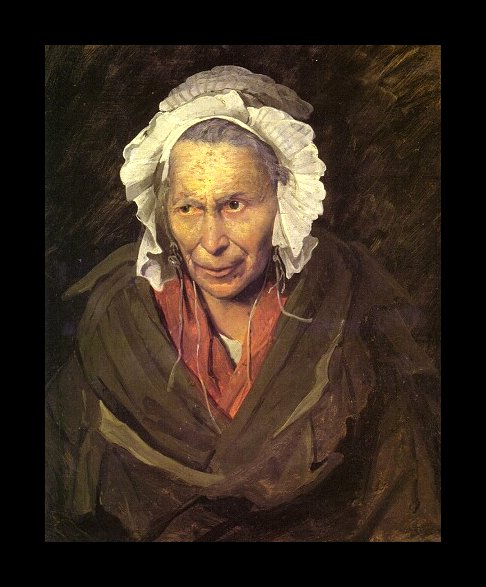
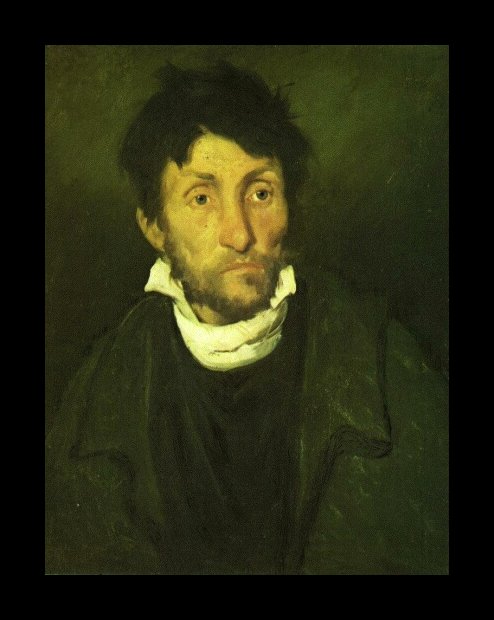
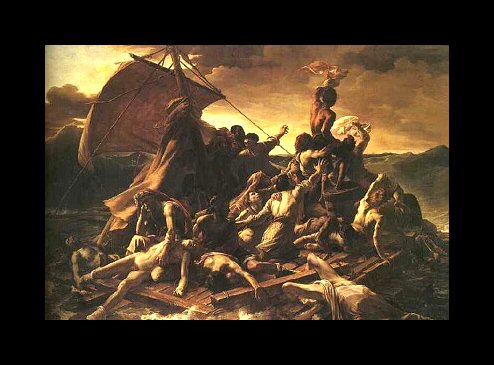
He loved horses all his life, both riding them, and painting them. Some magnificent portraits of horses that he undertook include, ‘Dappled Grey,’ and ‘Horse Frightened by Lightning.’ He also painted the Epsom Derby which takes place in England each year and this painting, ‘The Derby at Epsom,’ now hangs in the Louvre. As a Romantic, he believed in the power of the horse both as a mythological and symbolic subject for his art. Sadly, he died at a young age in his thirties from injuries after falling off a horse. His life, as well as his death was marked by his passion for horses.


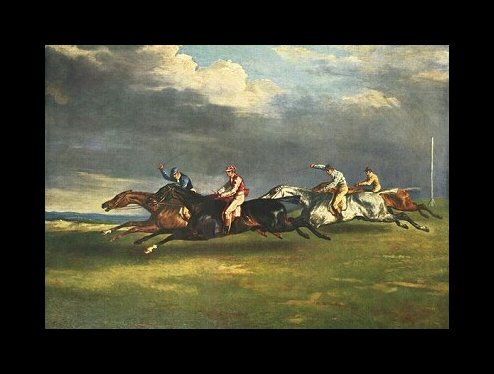
Other French Romantic painters of the nineteenth century include, Gustave Dore, Theodore Chasseriau, Antoine Louise Bayre, and Eugene Fromentin.
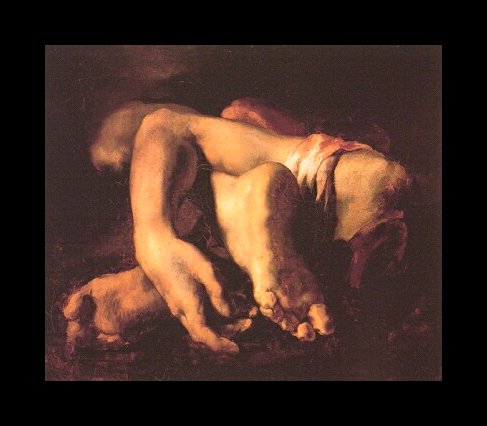
Reviews
1,217 global ratings
5 Star
4 Star
3 Star
2 Star
1 Star
Your evaluation is very important to us. Thank you.
